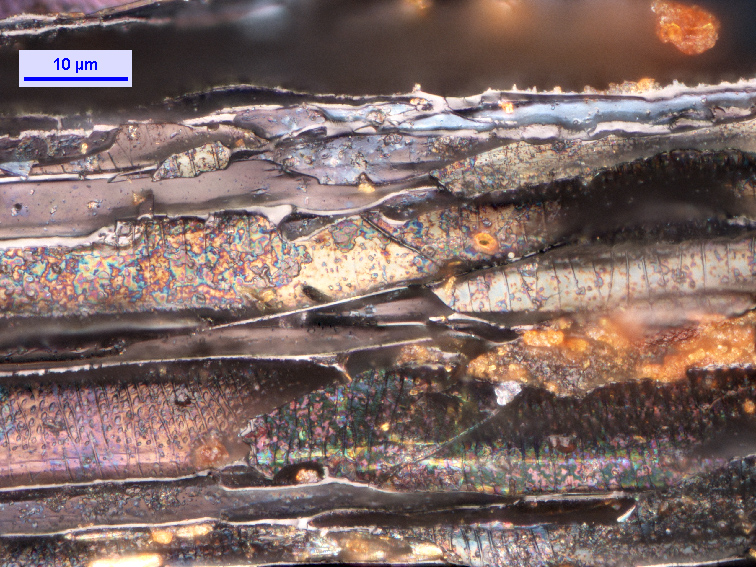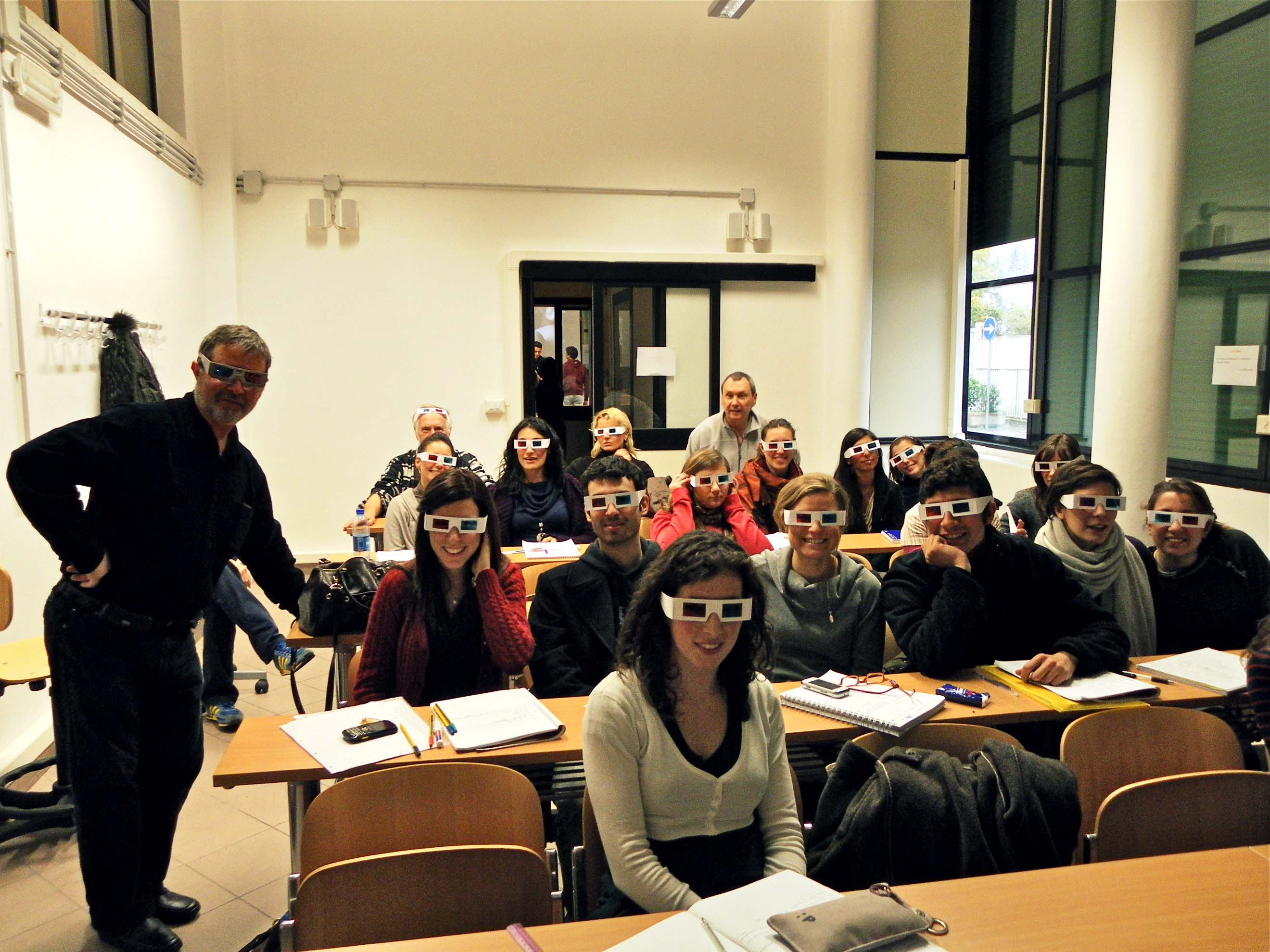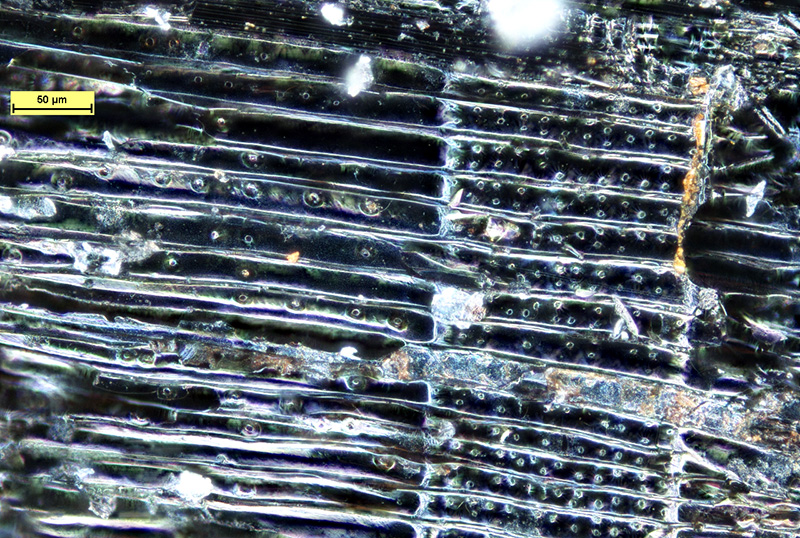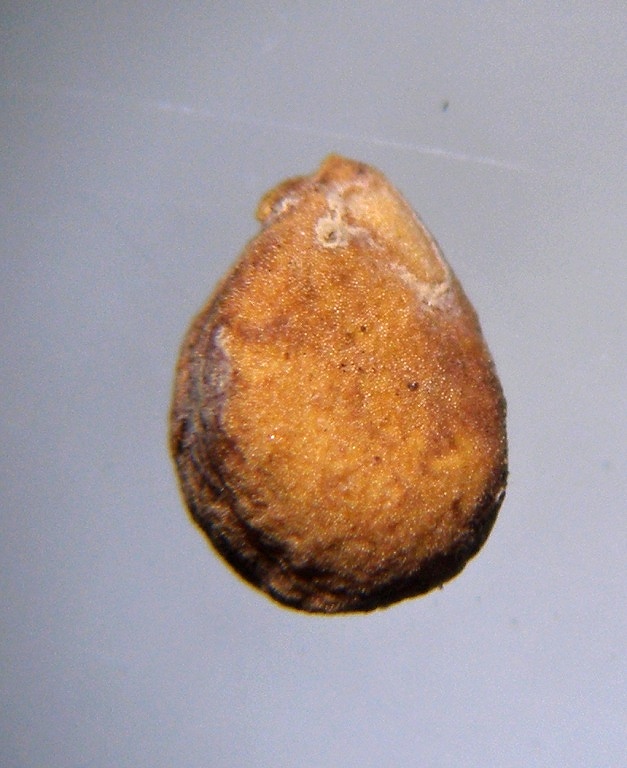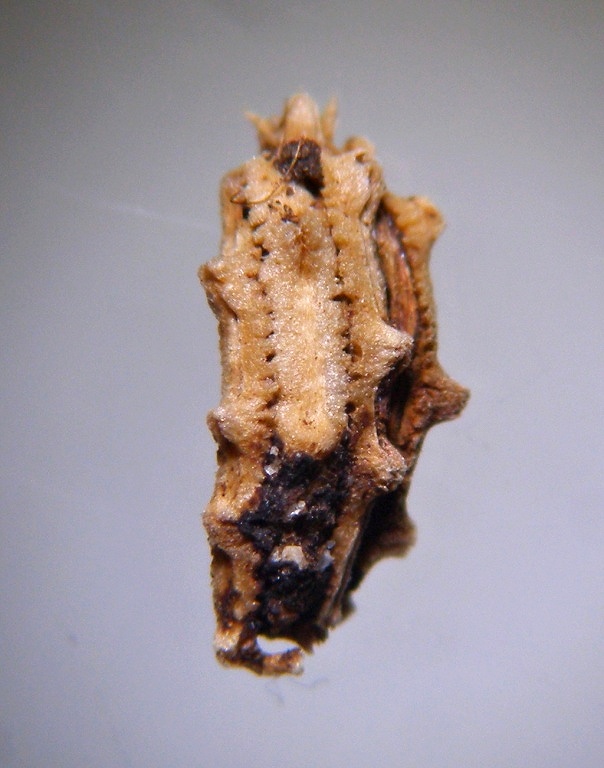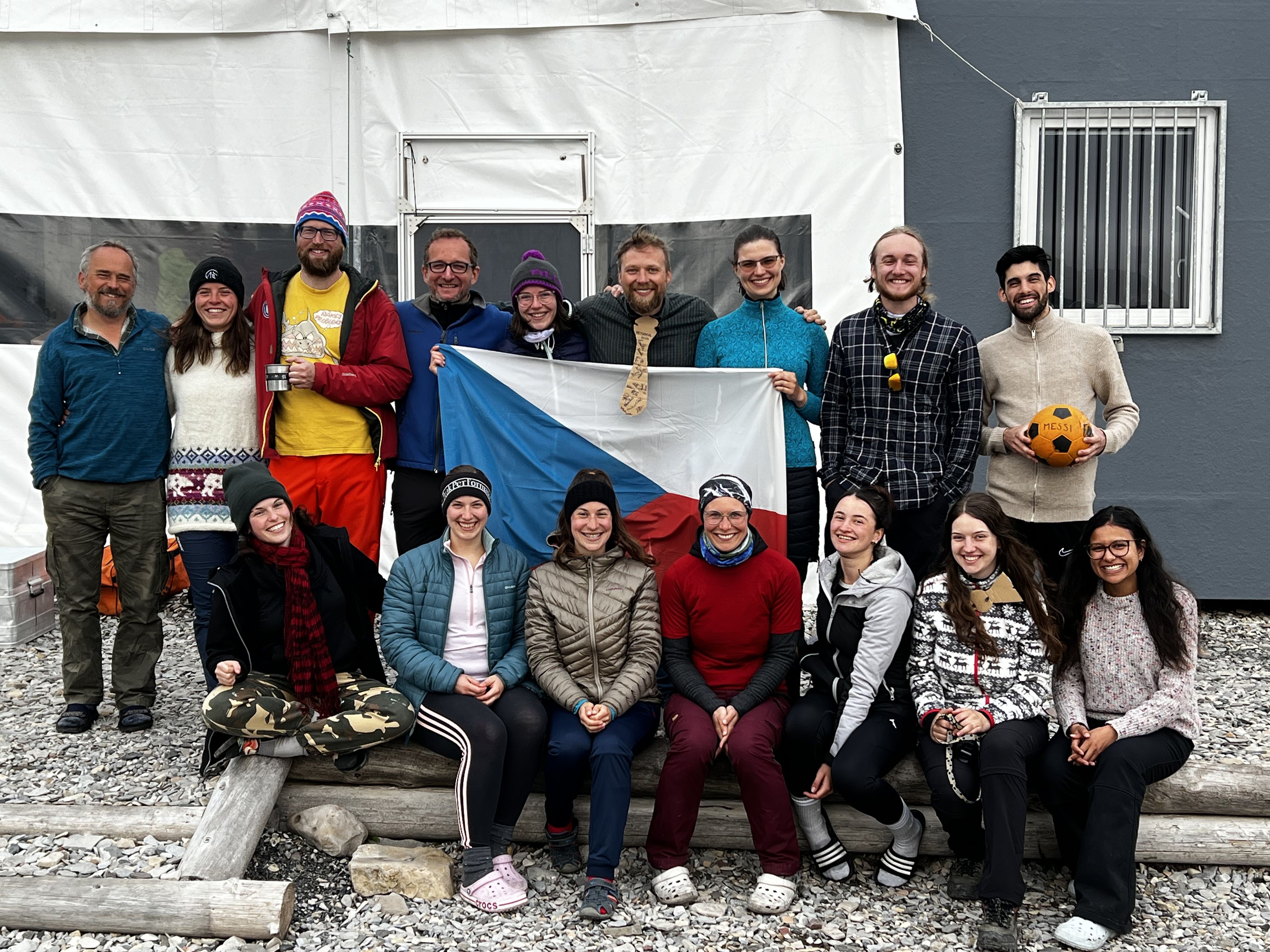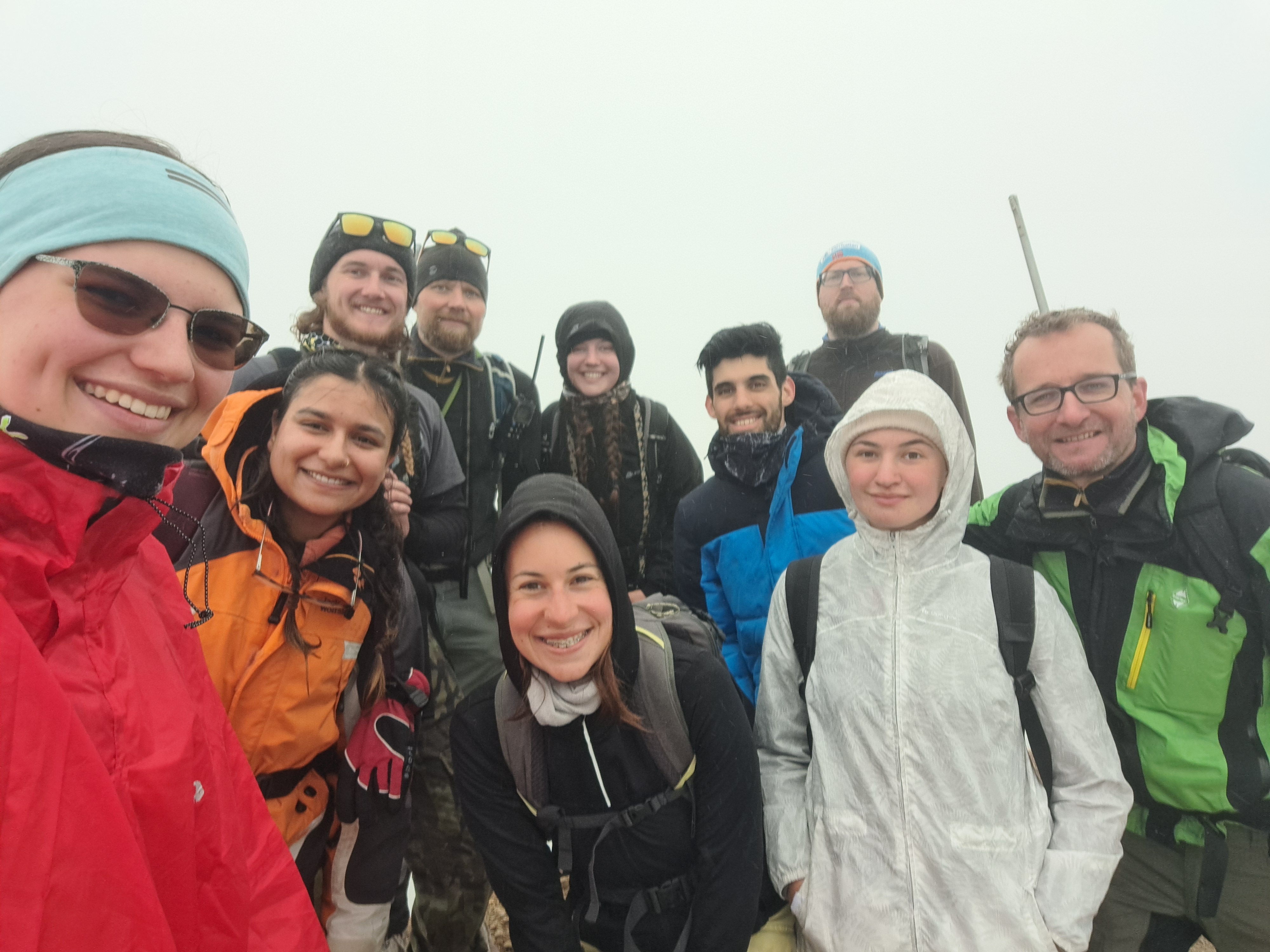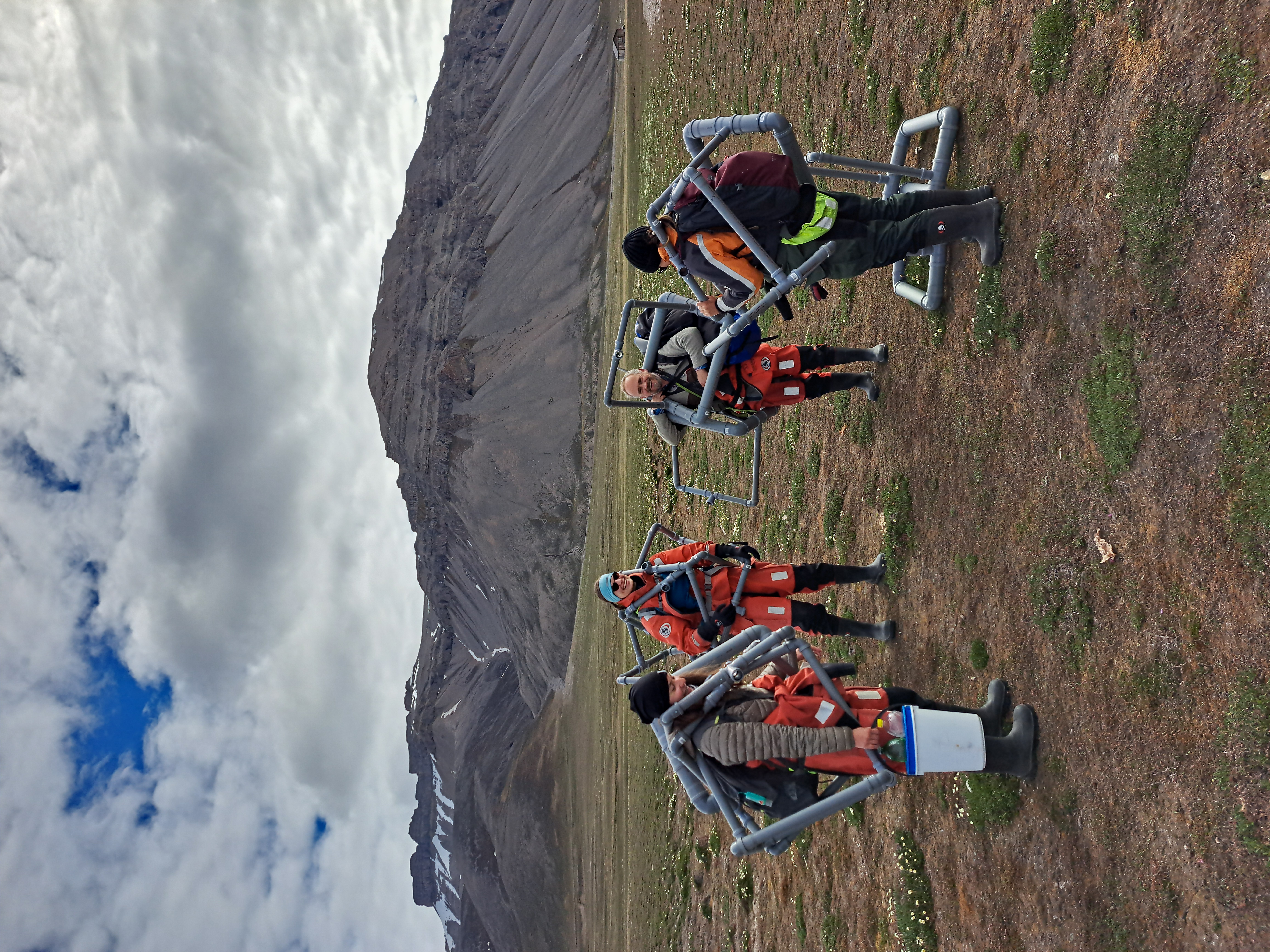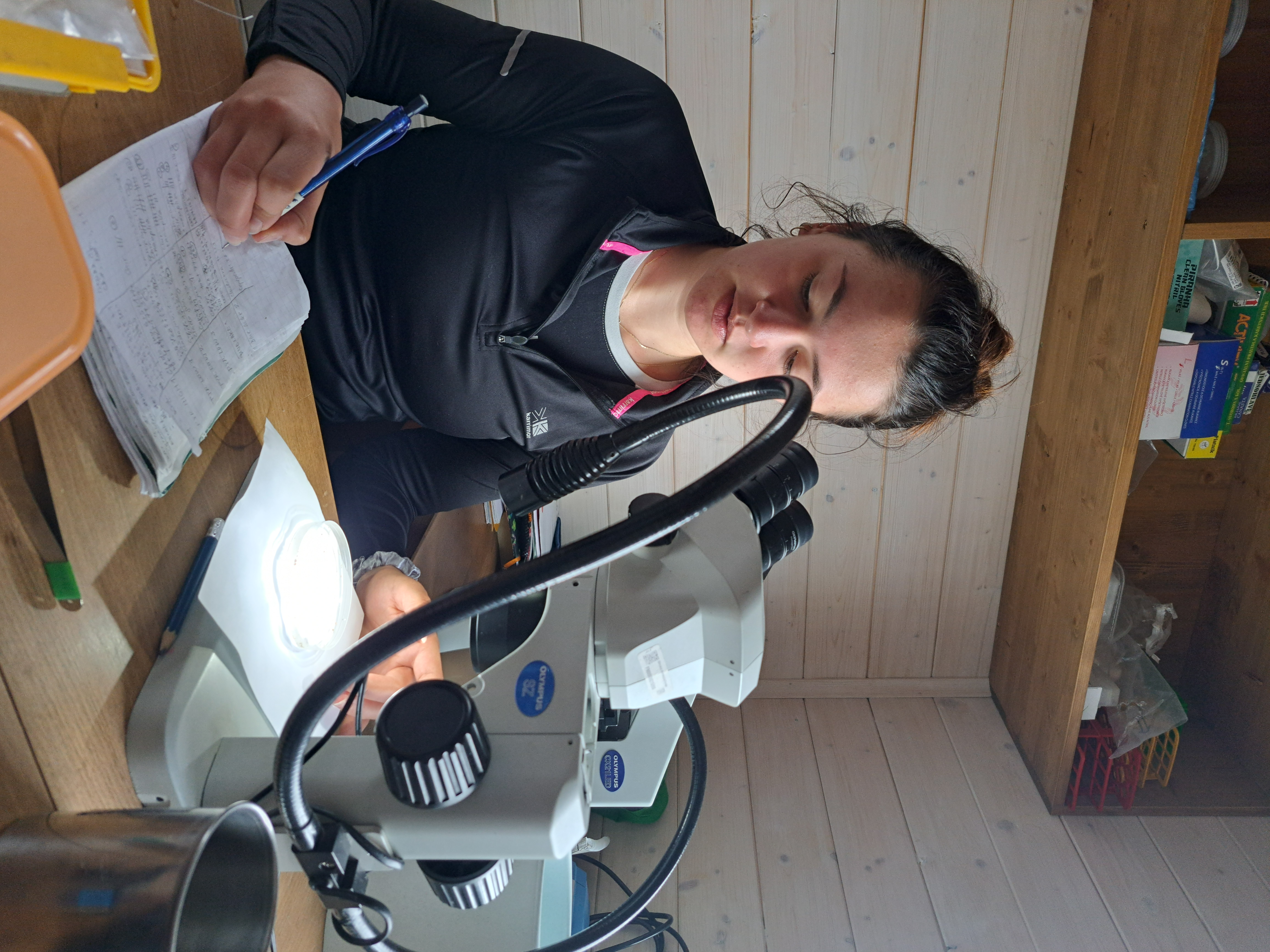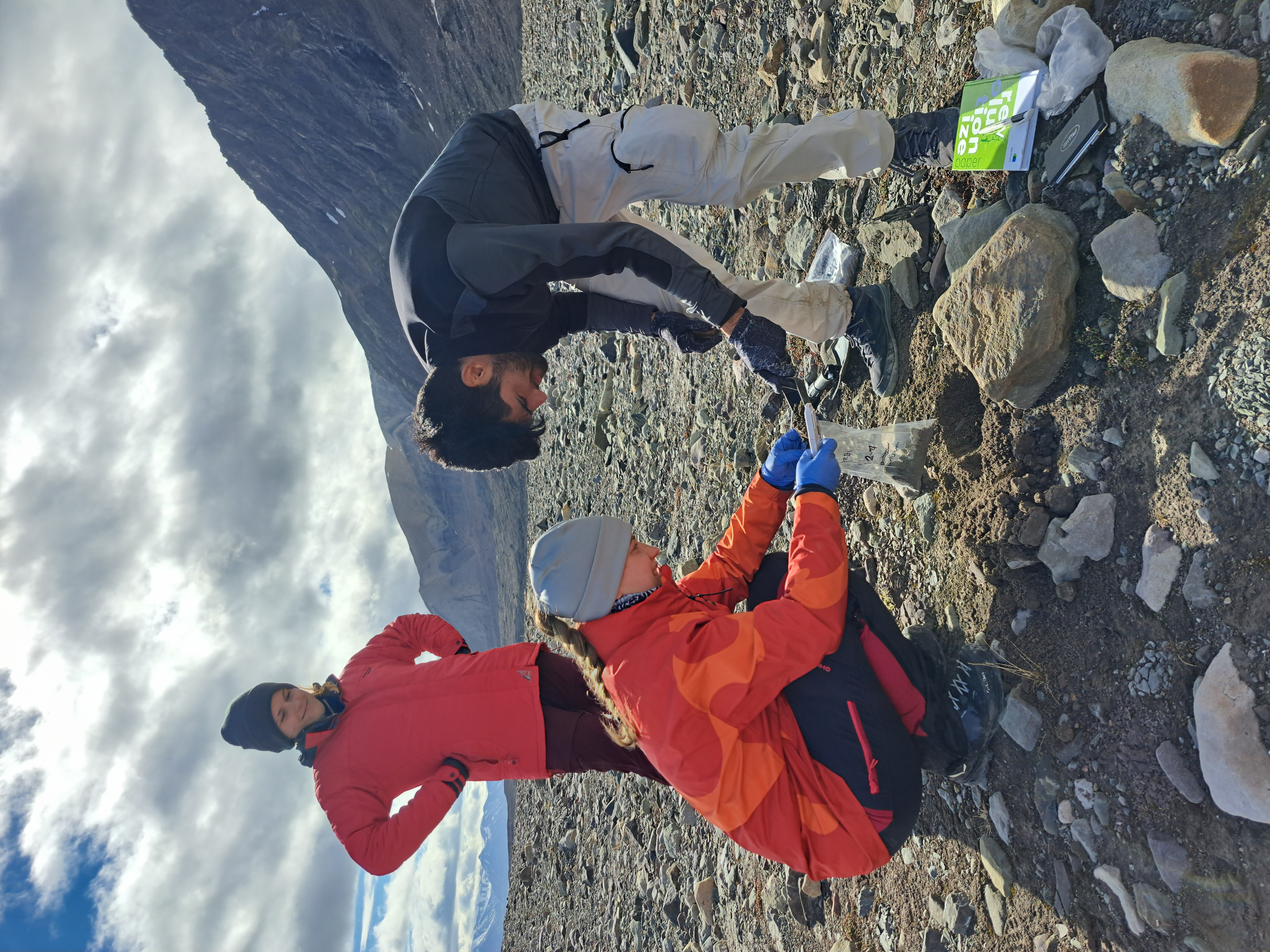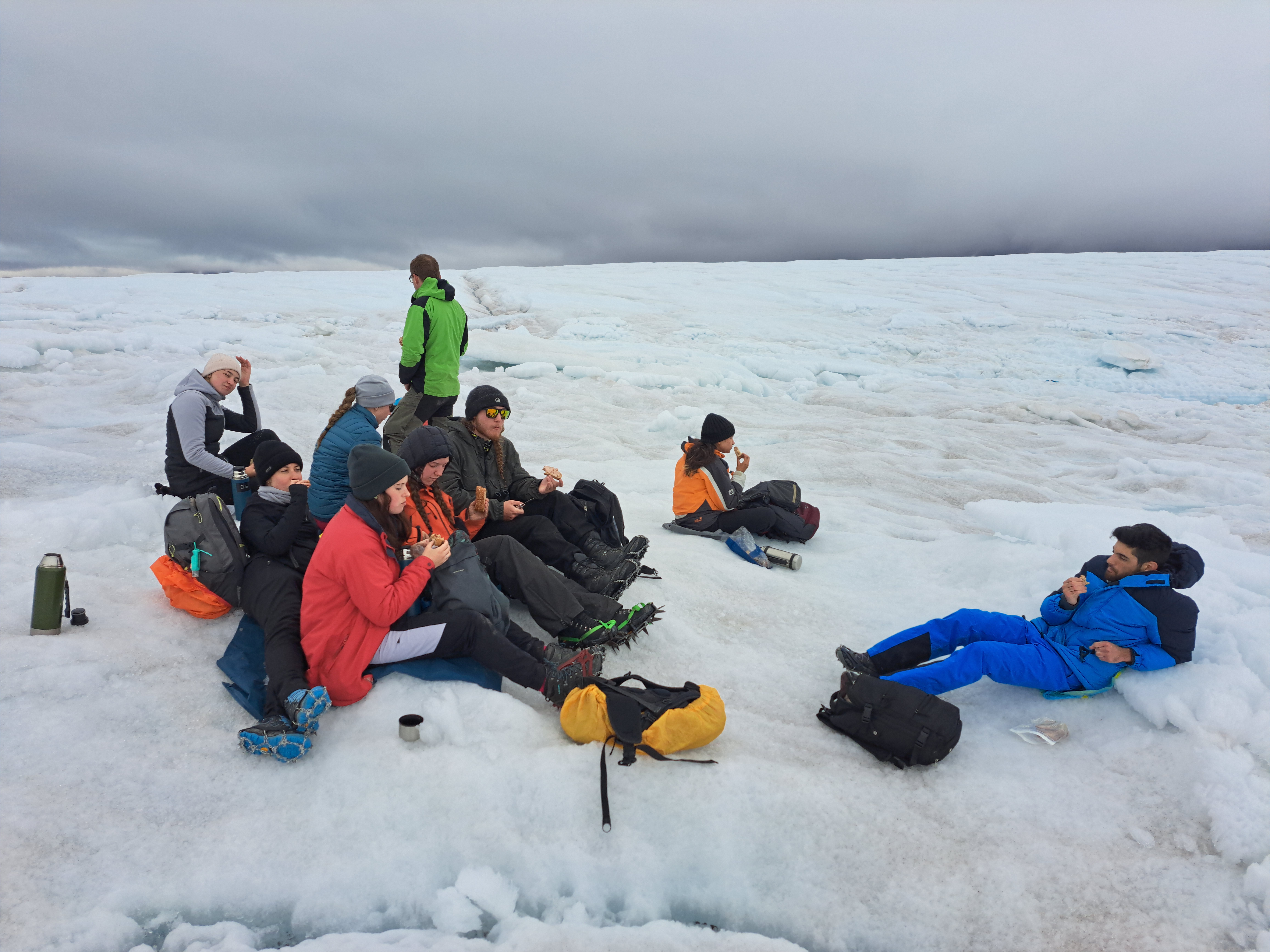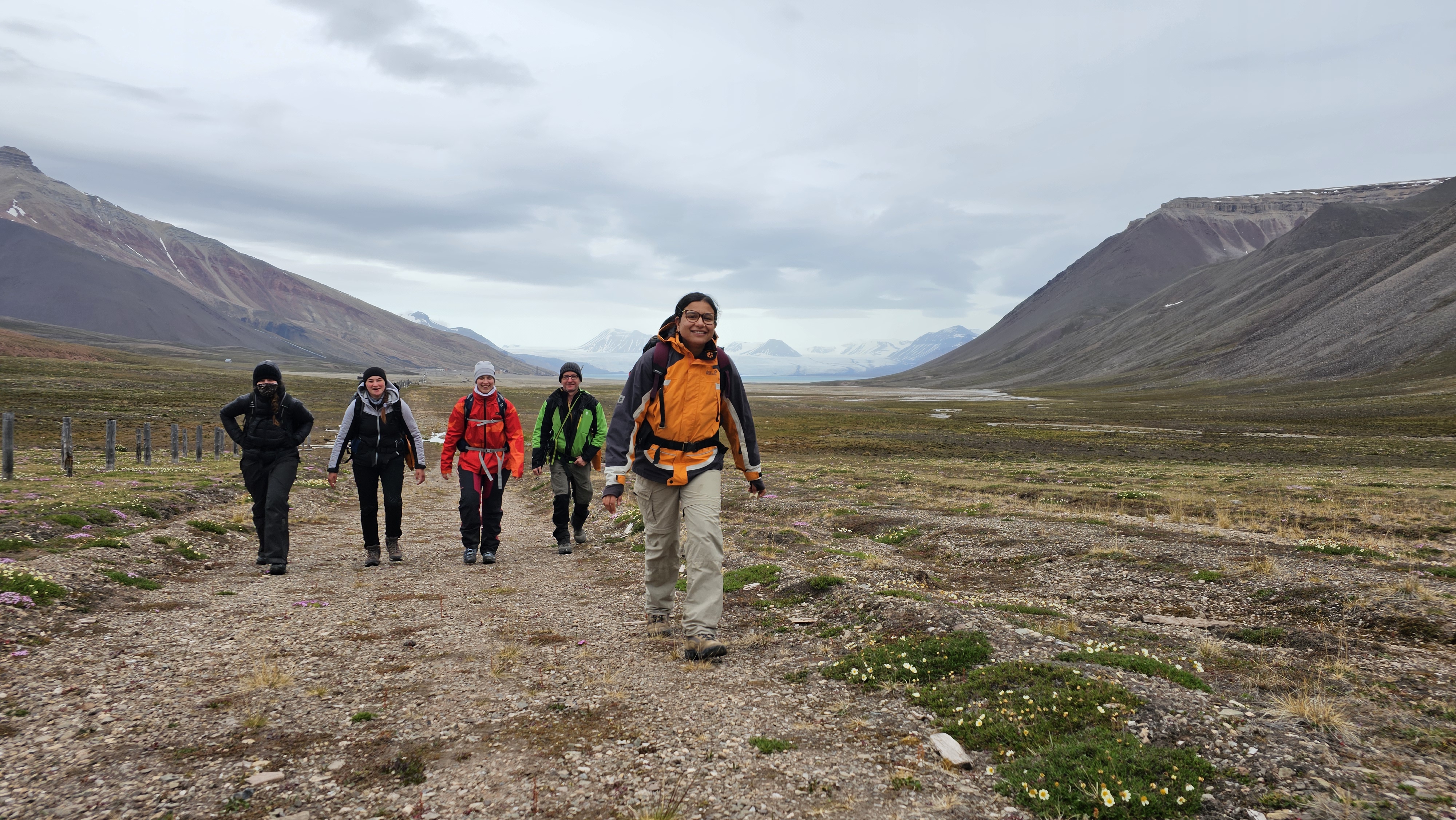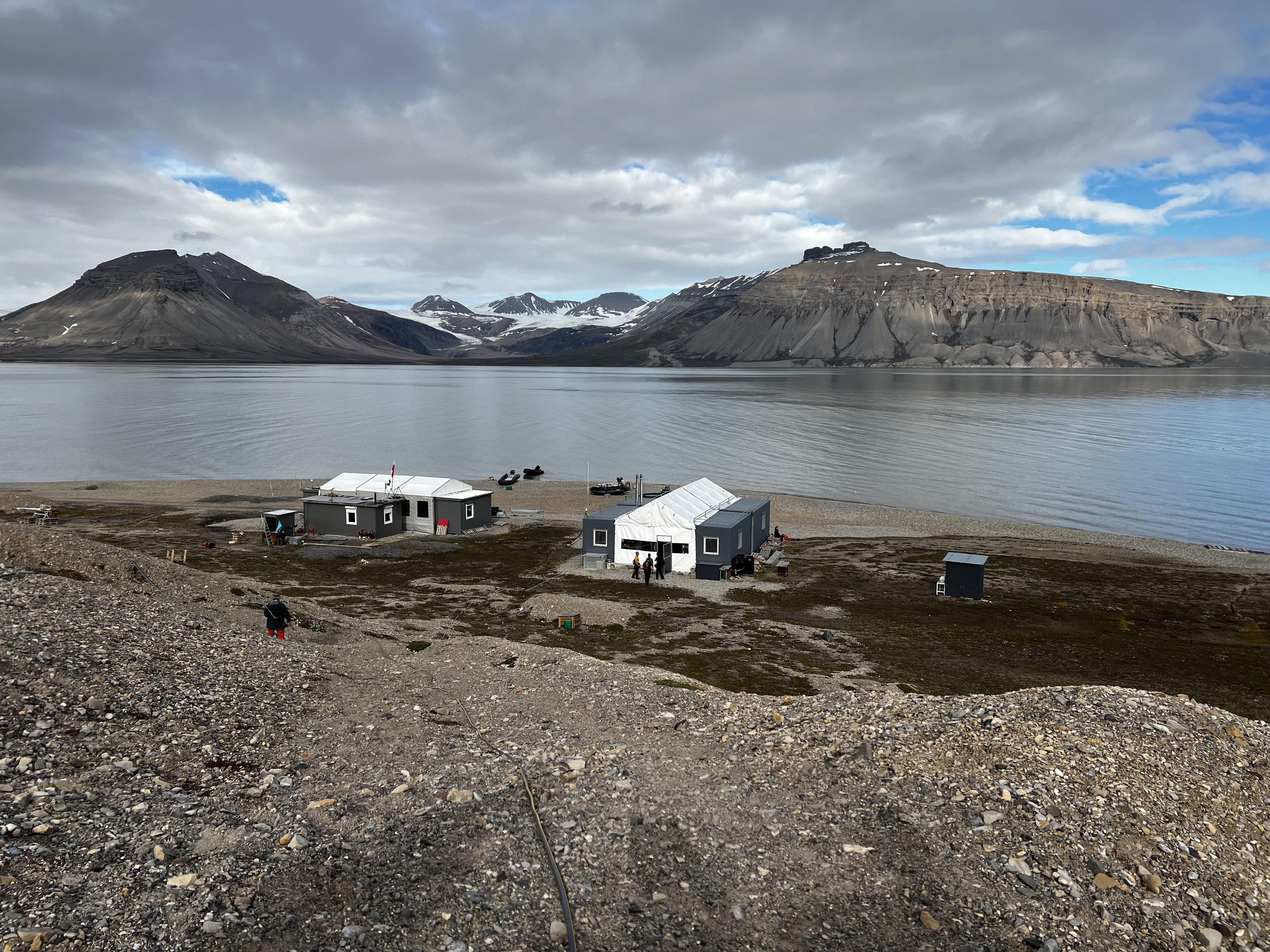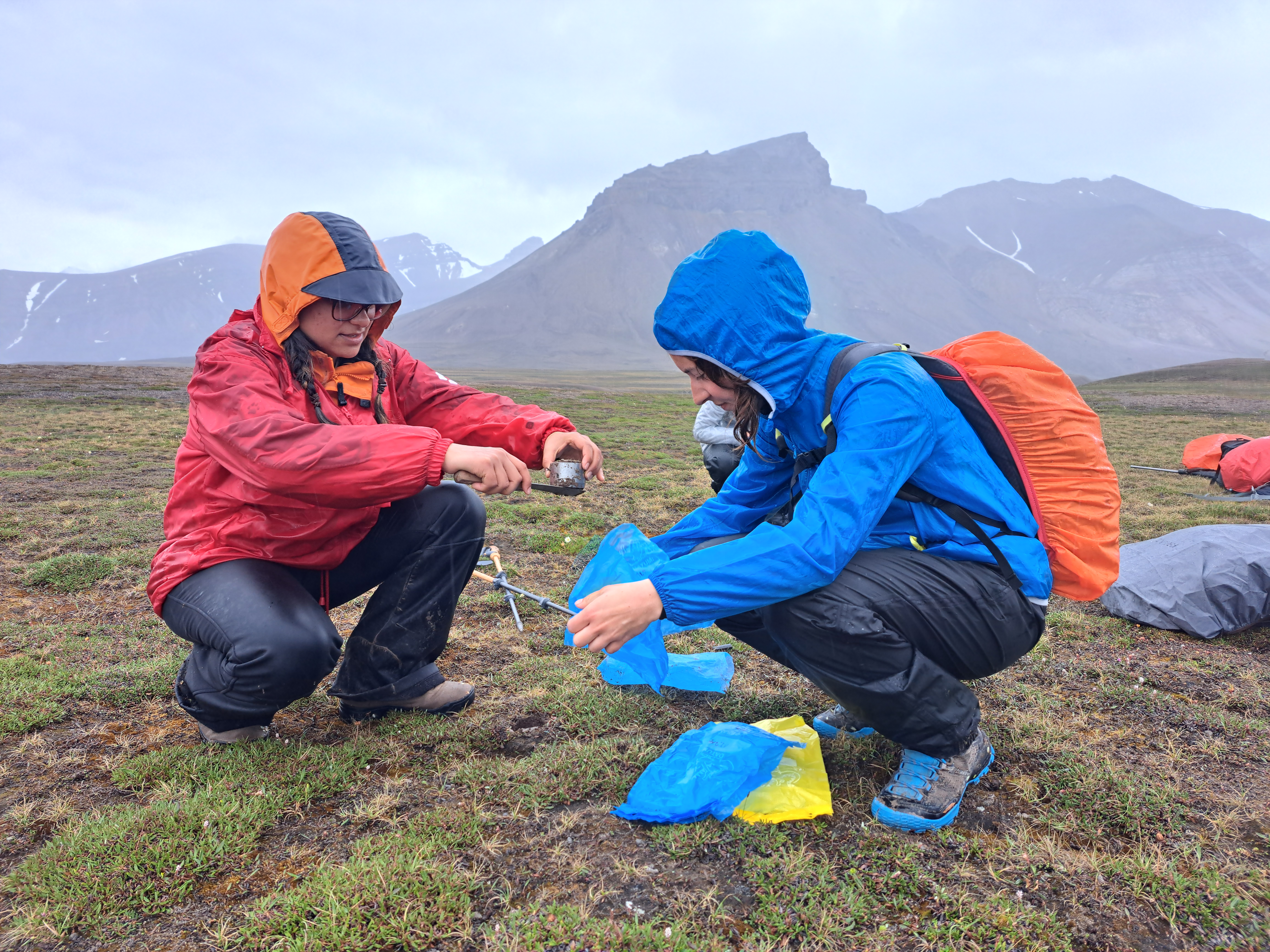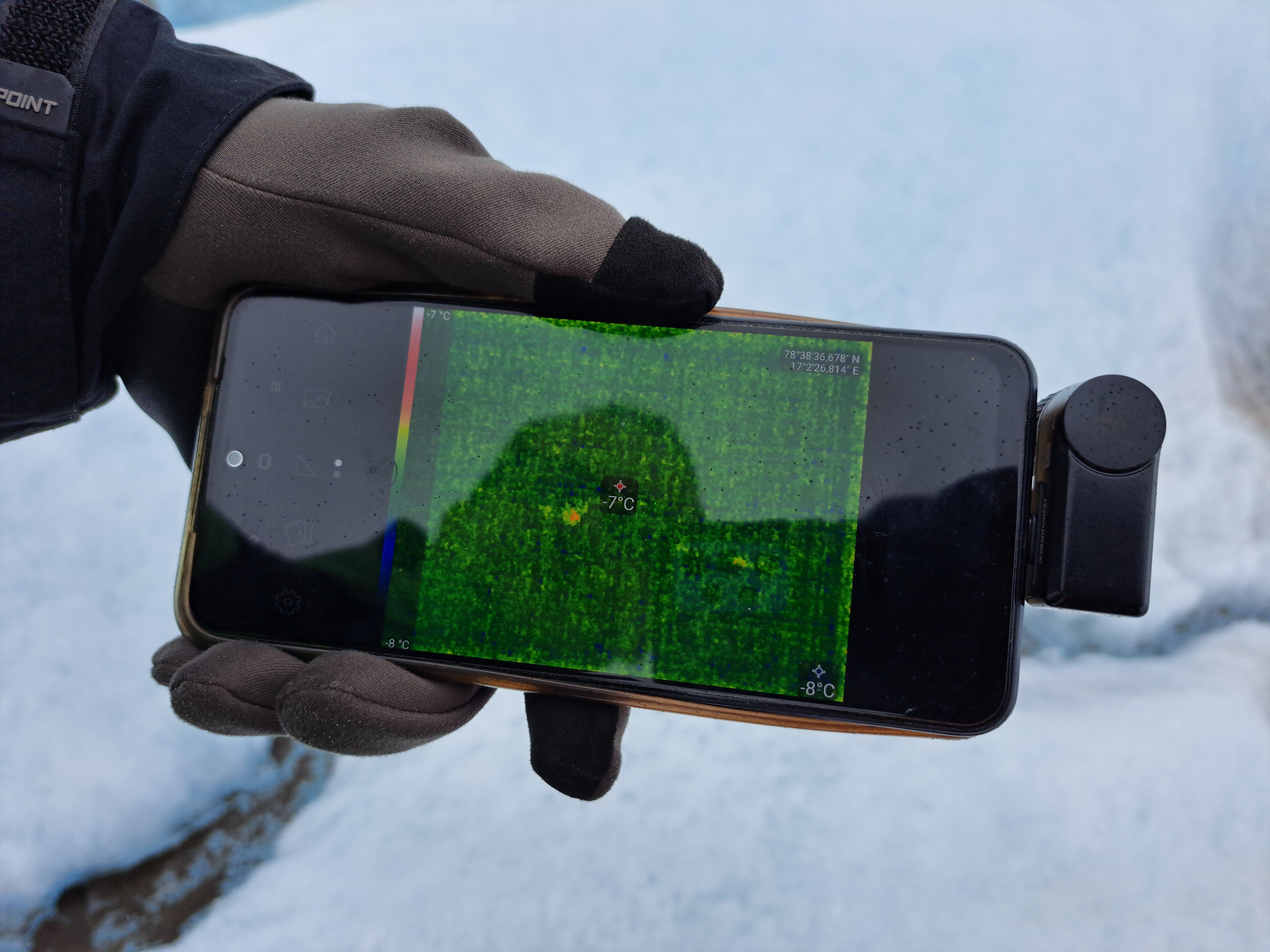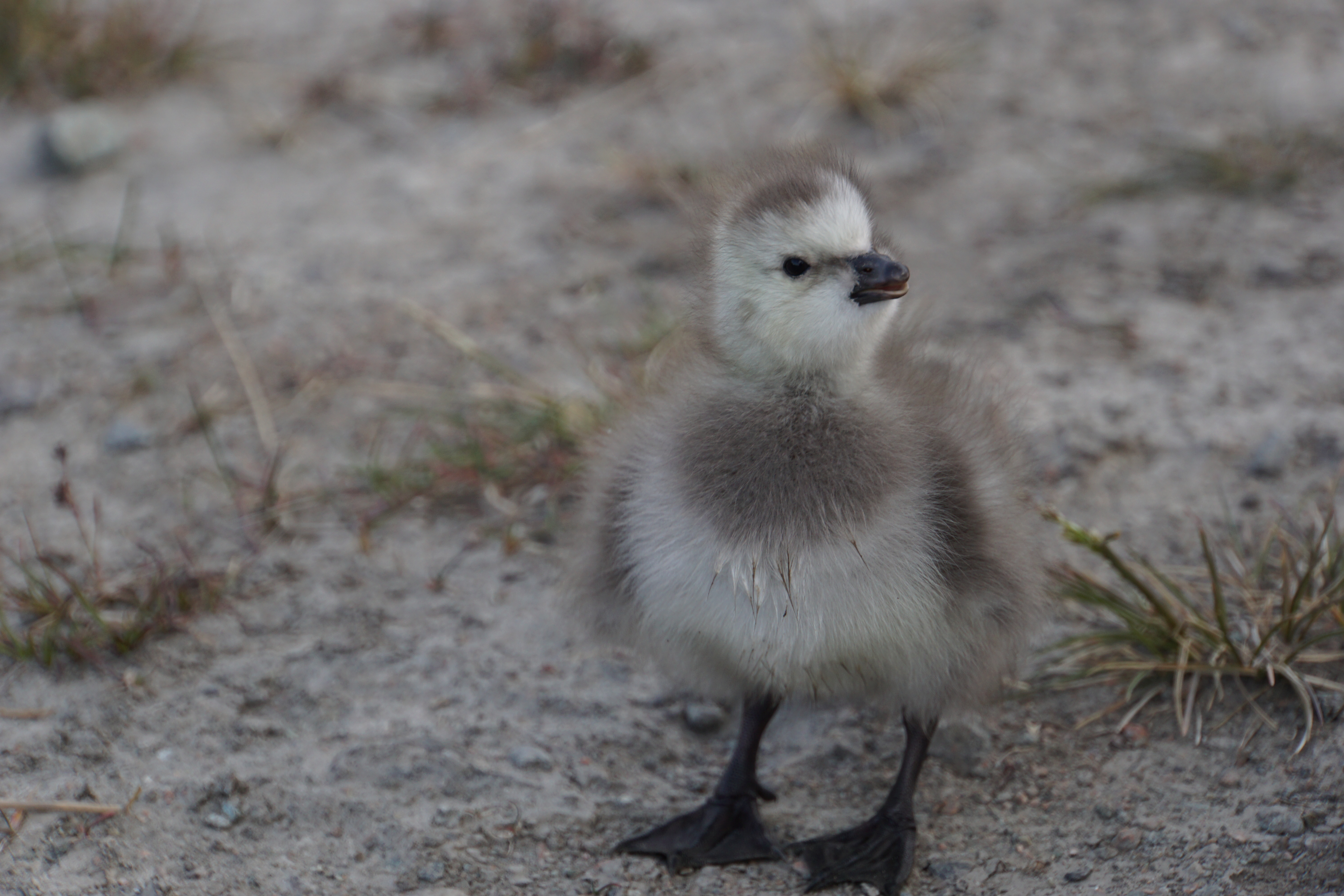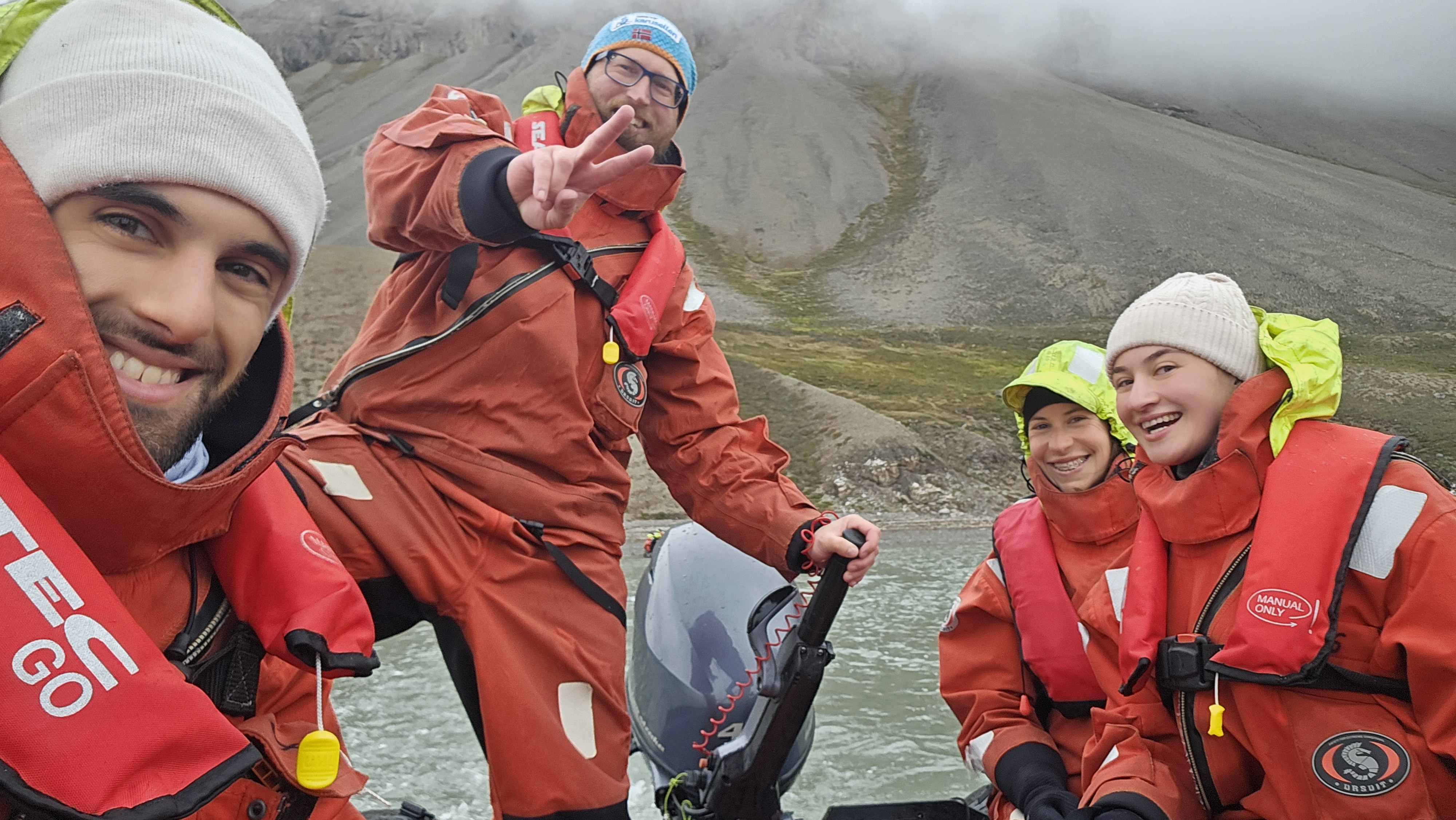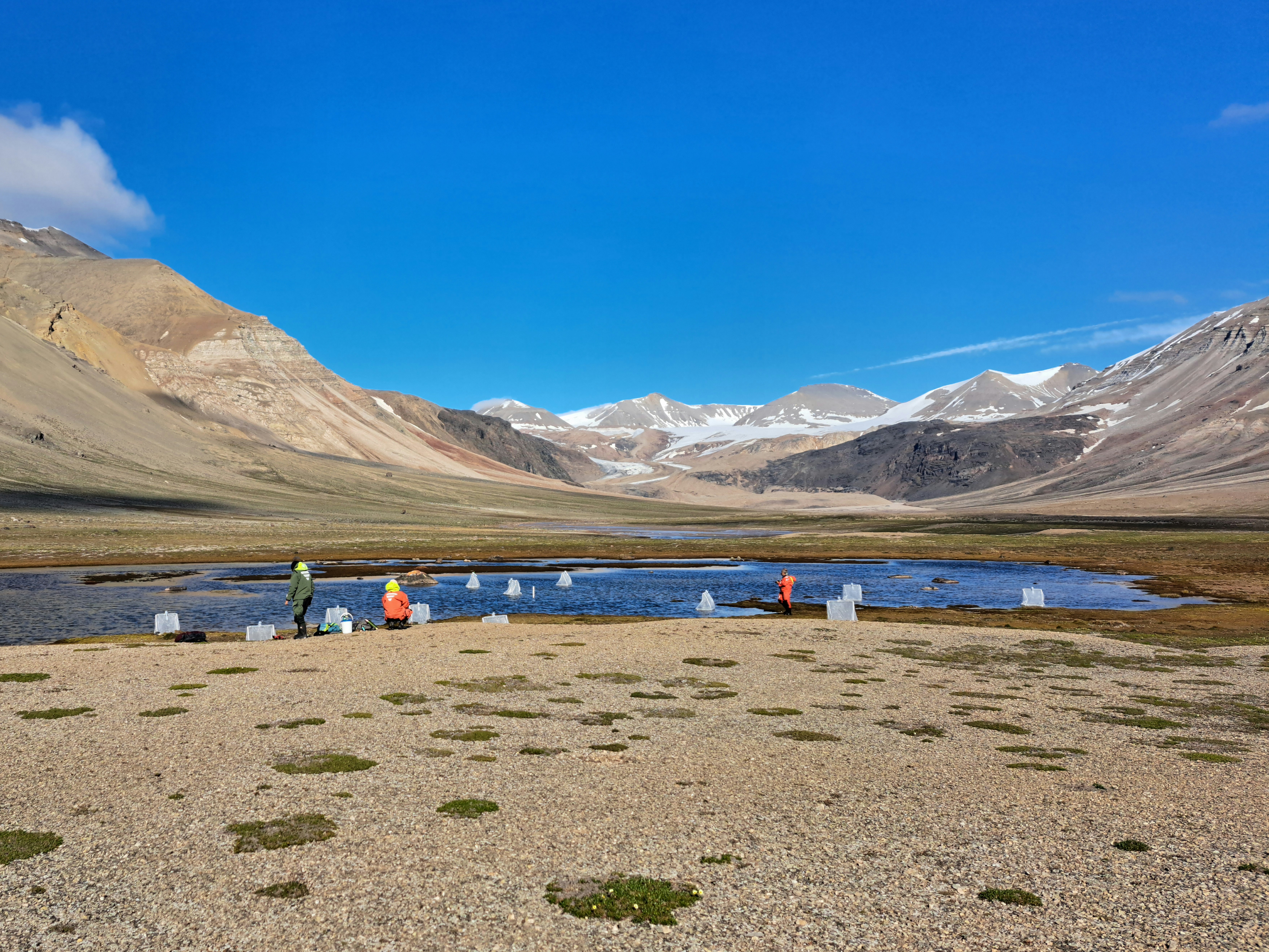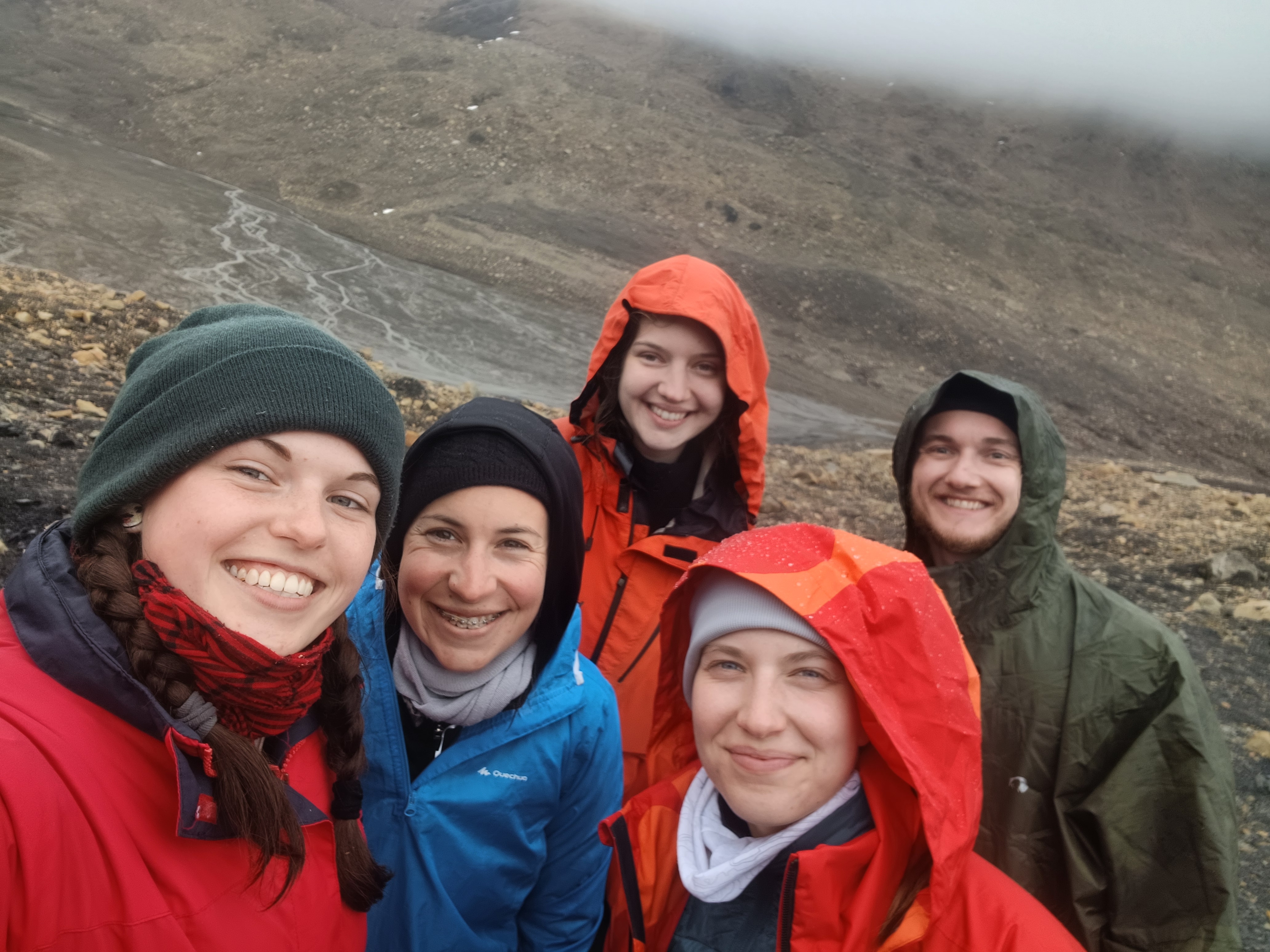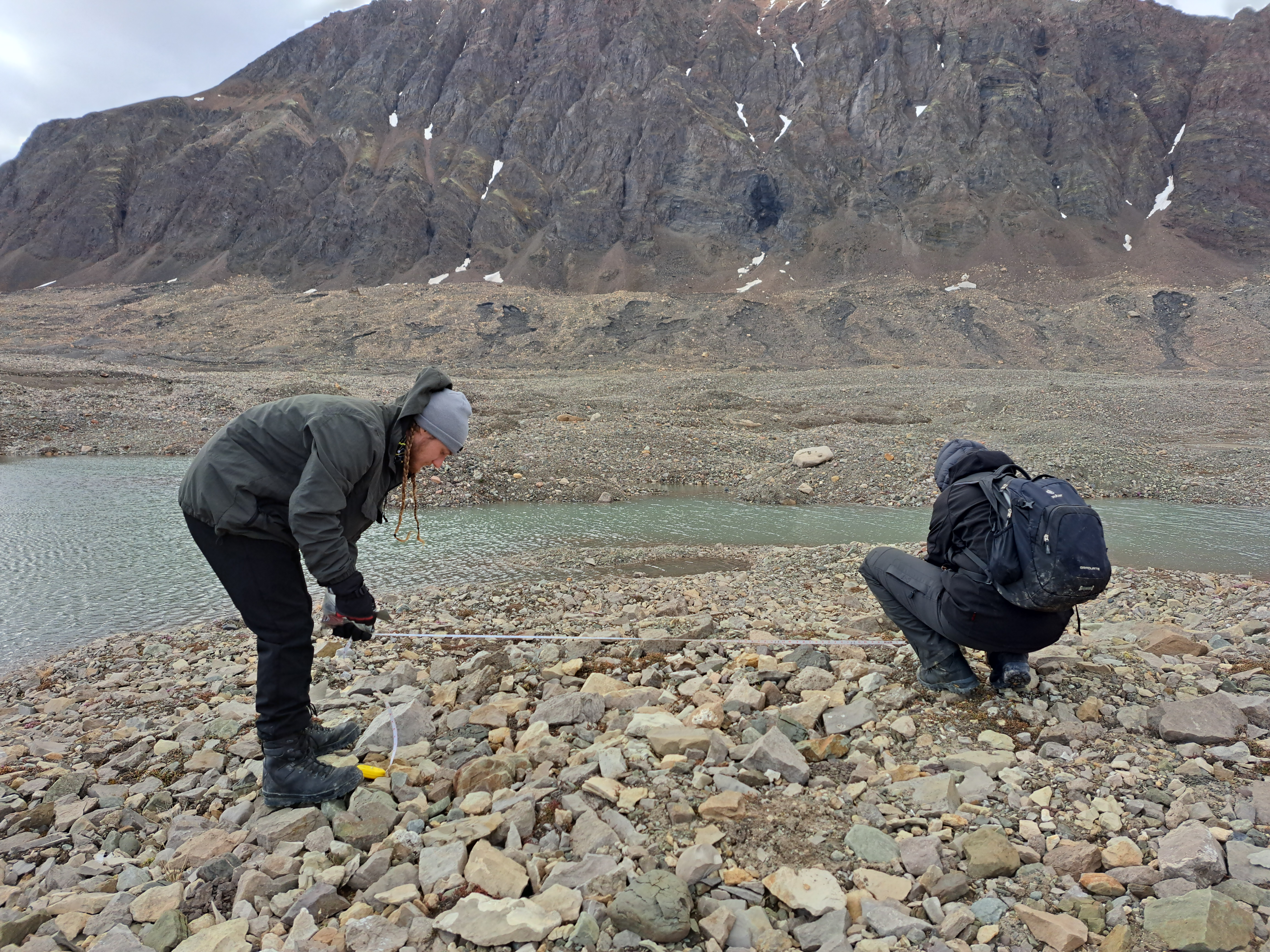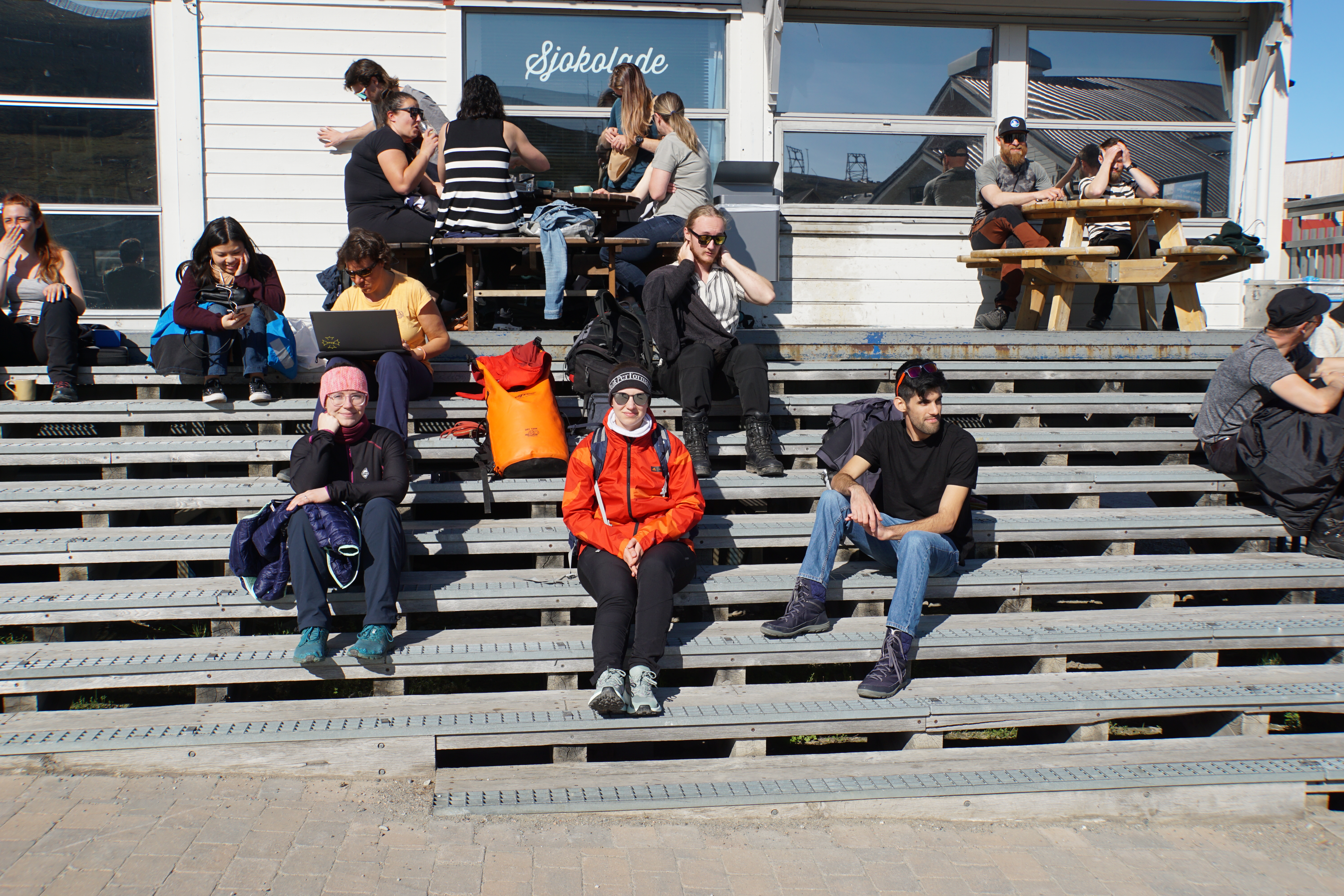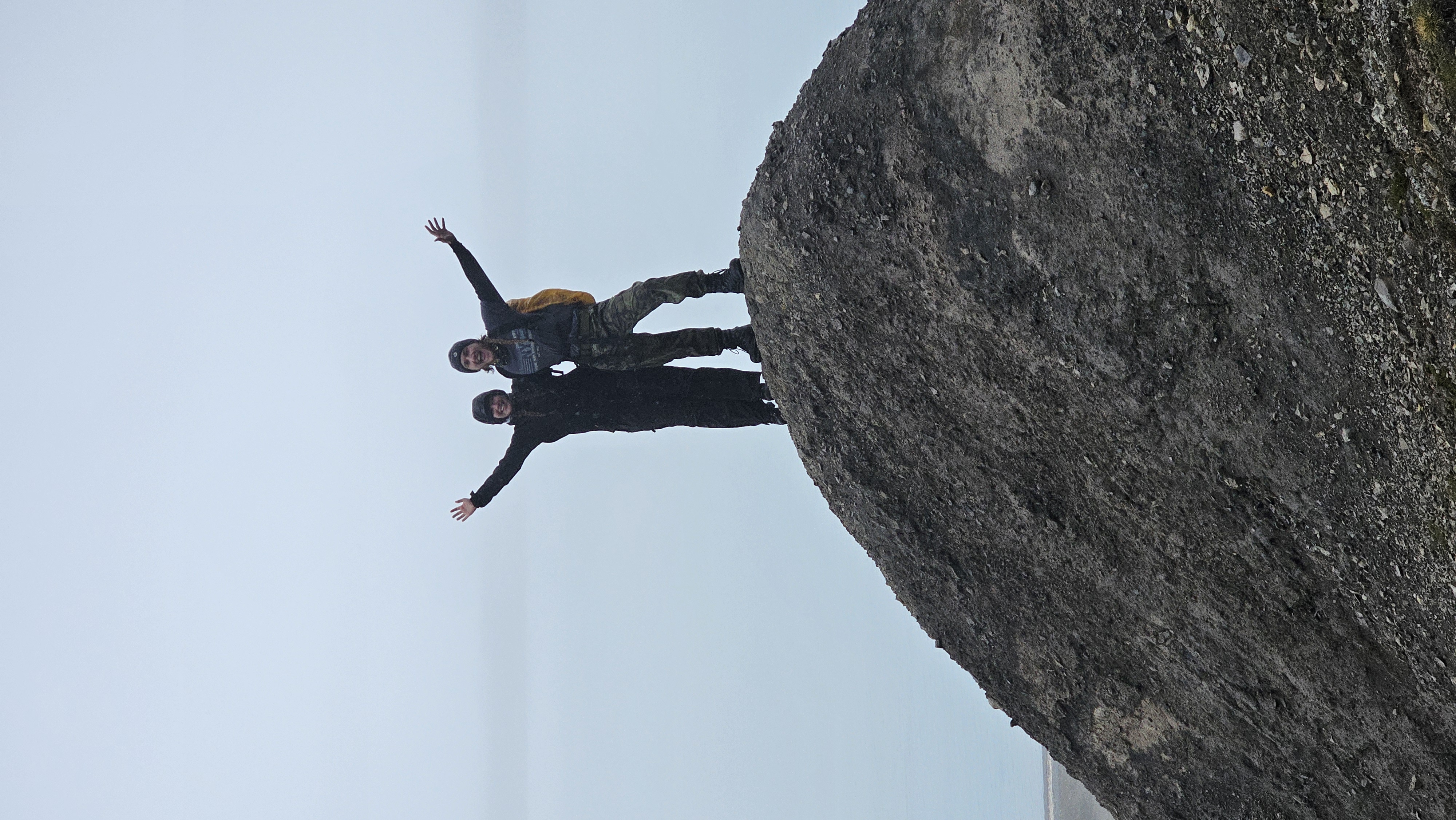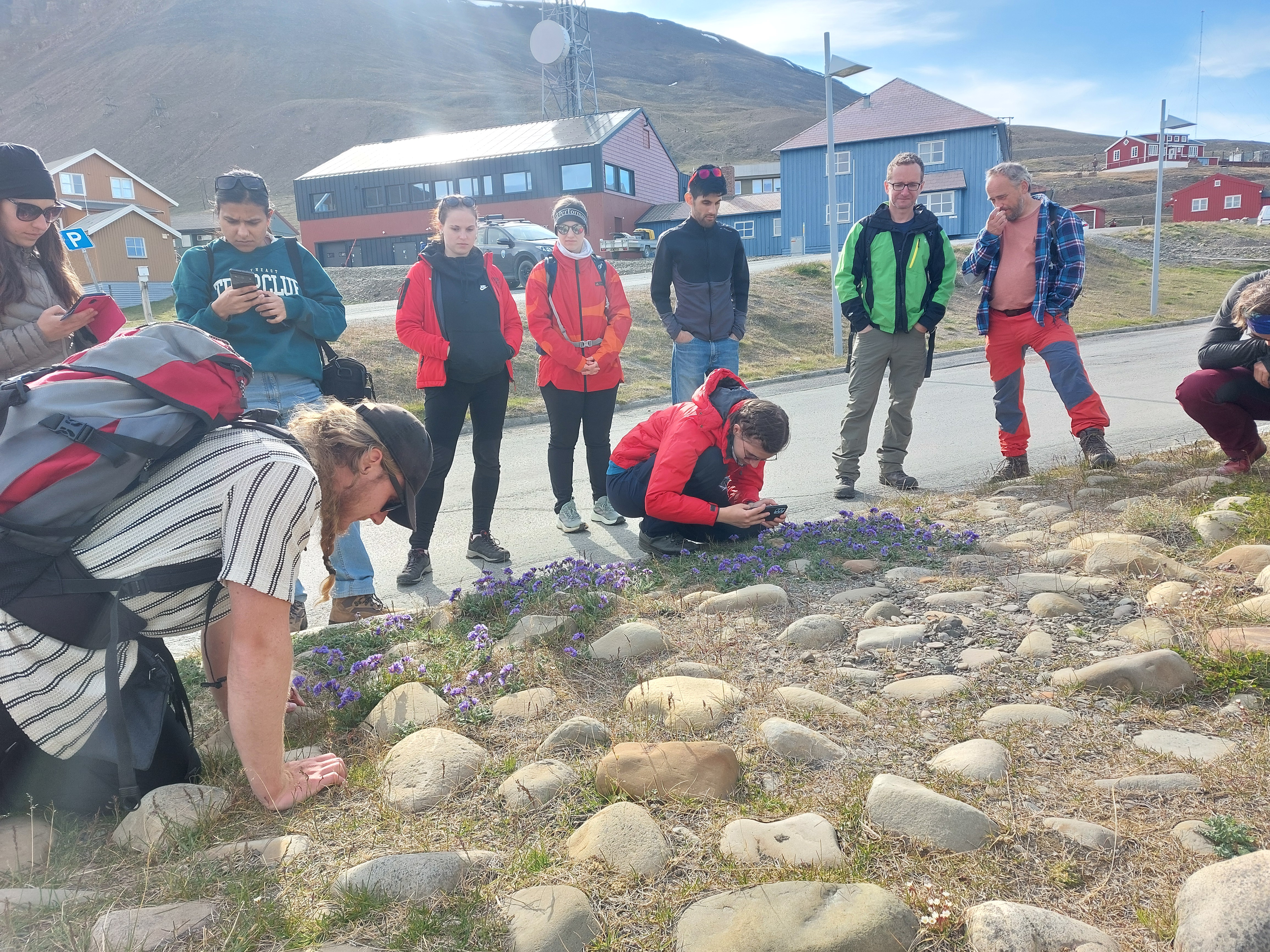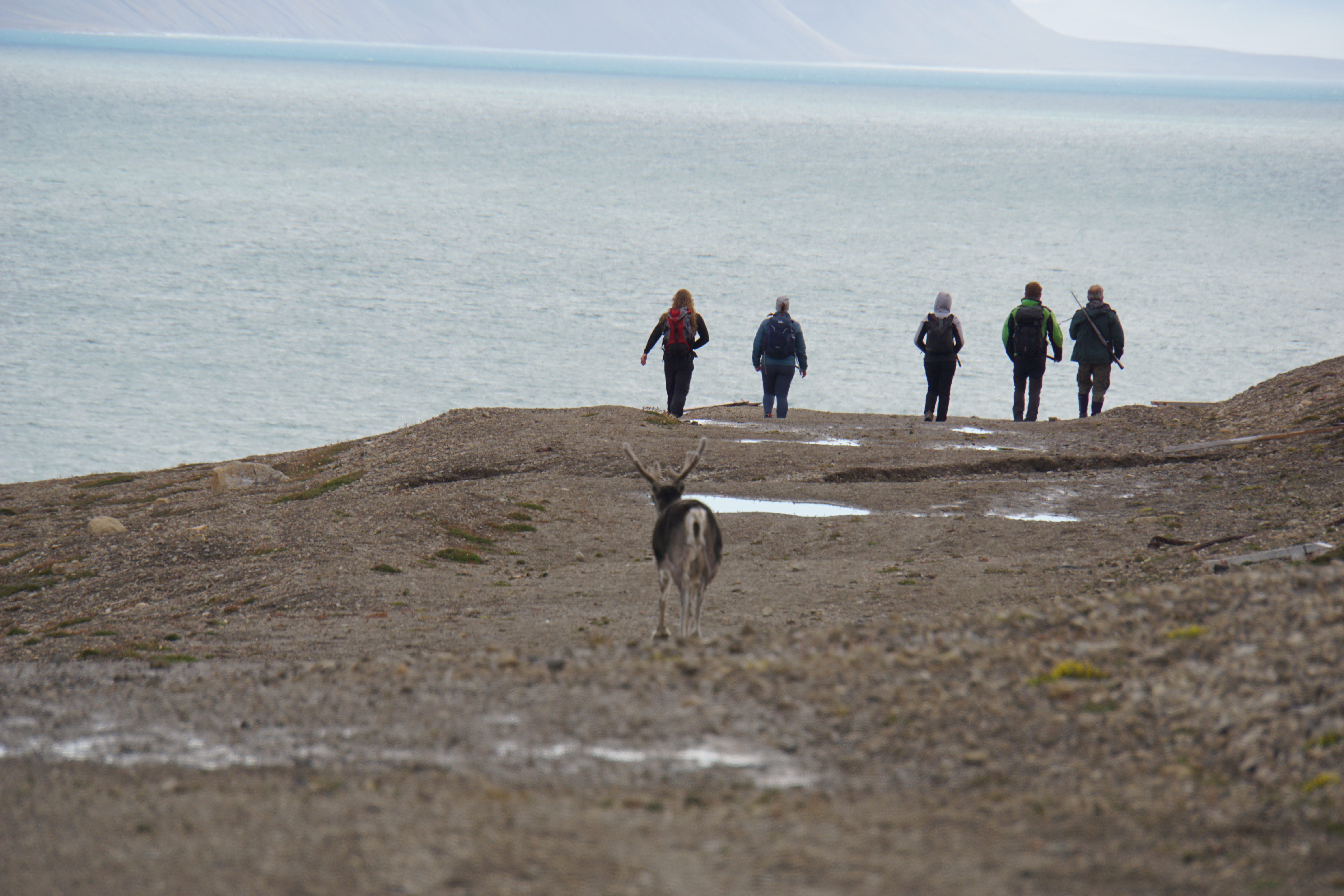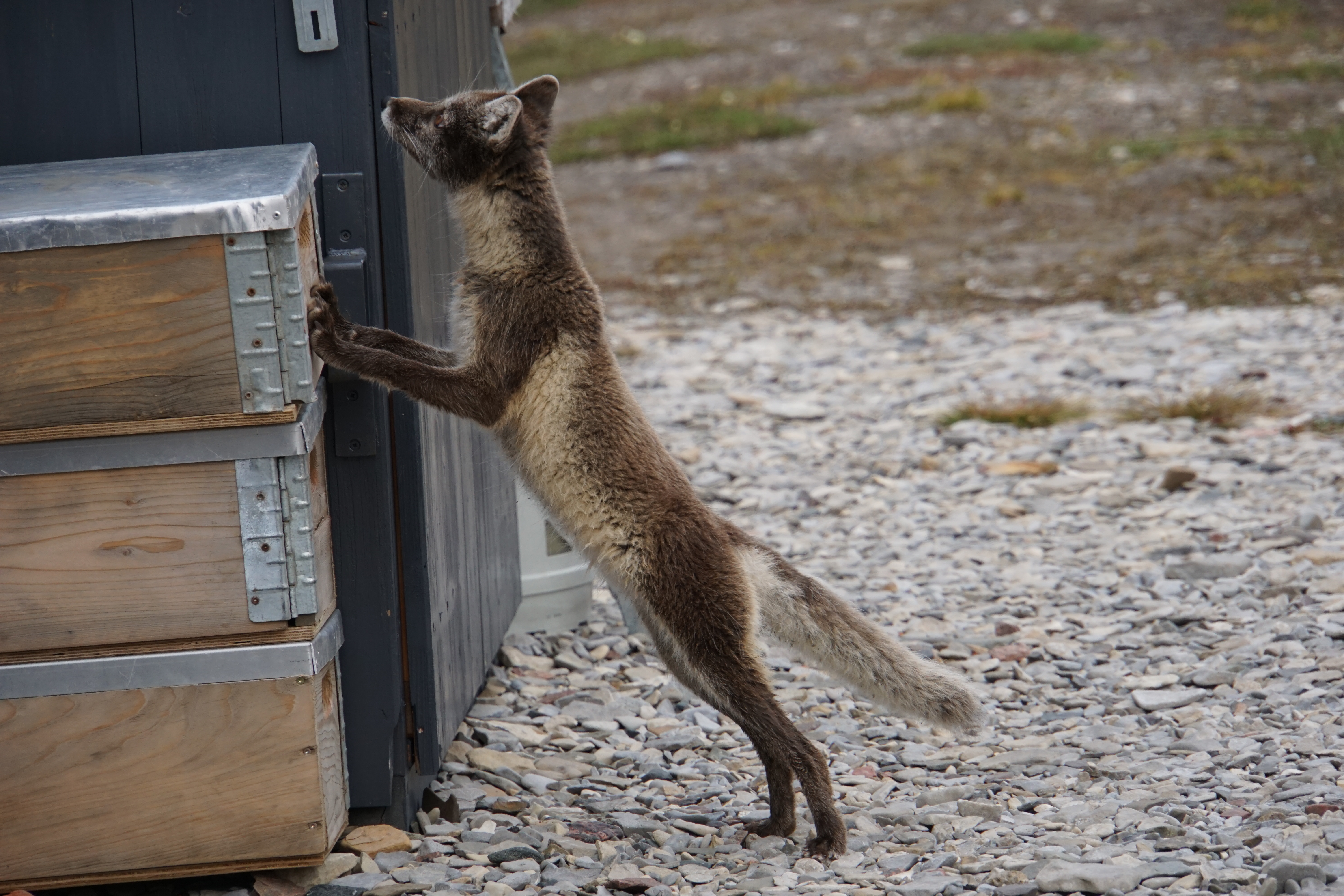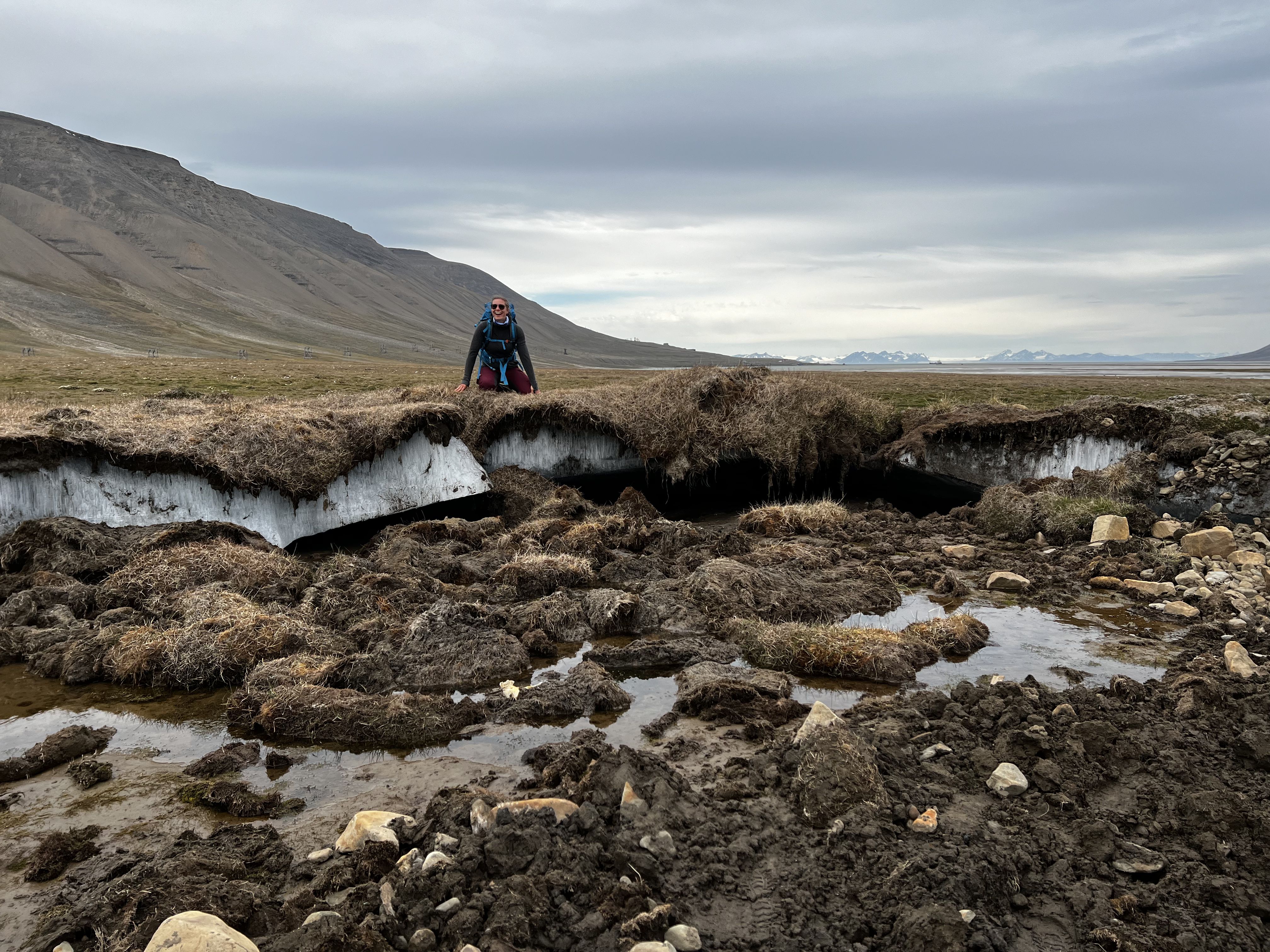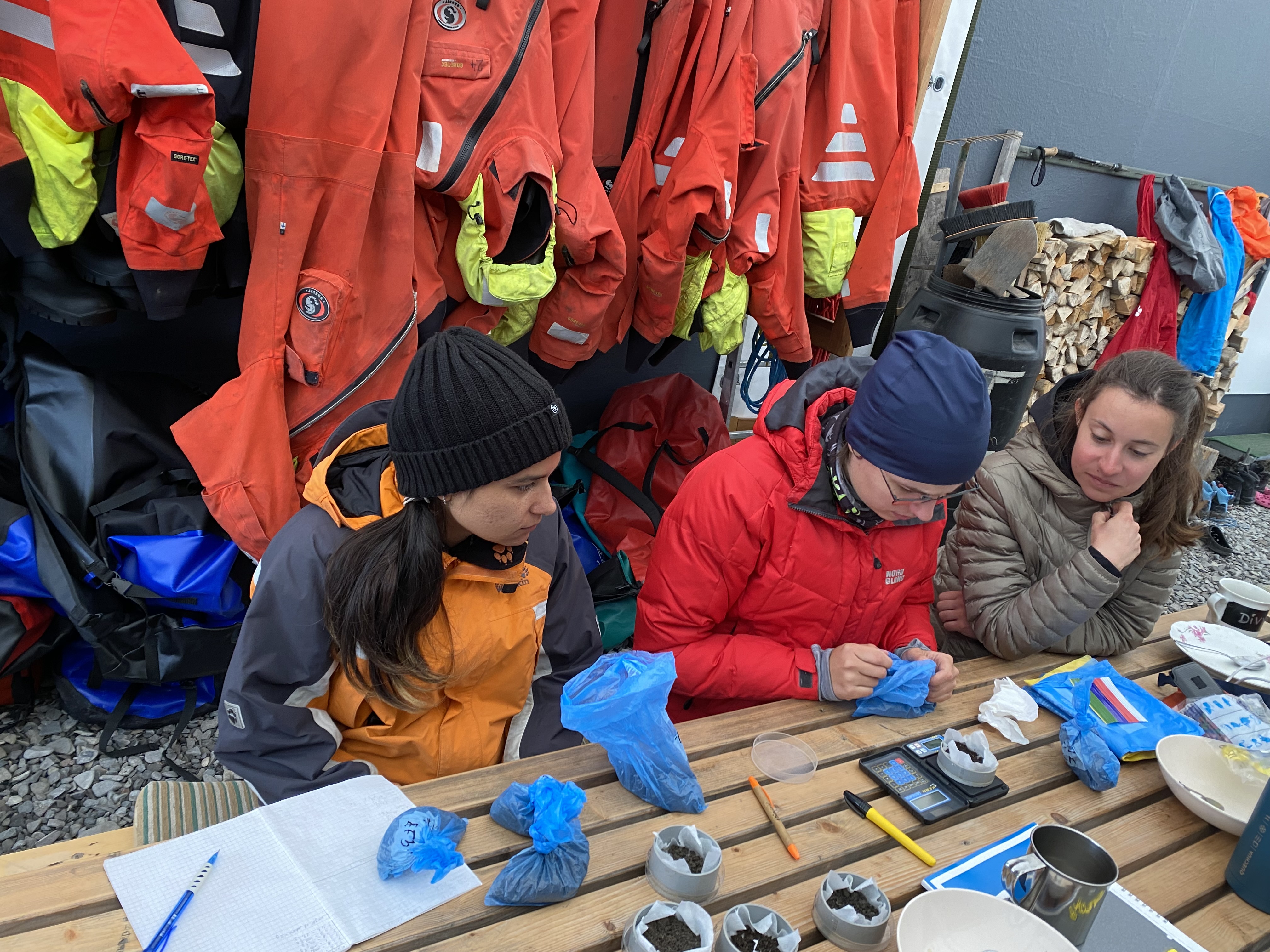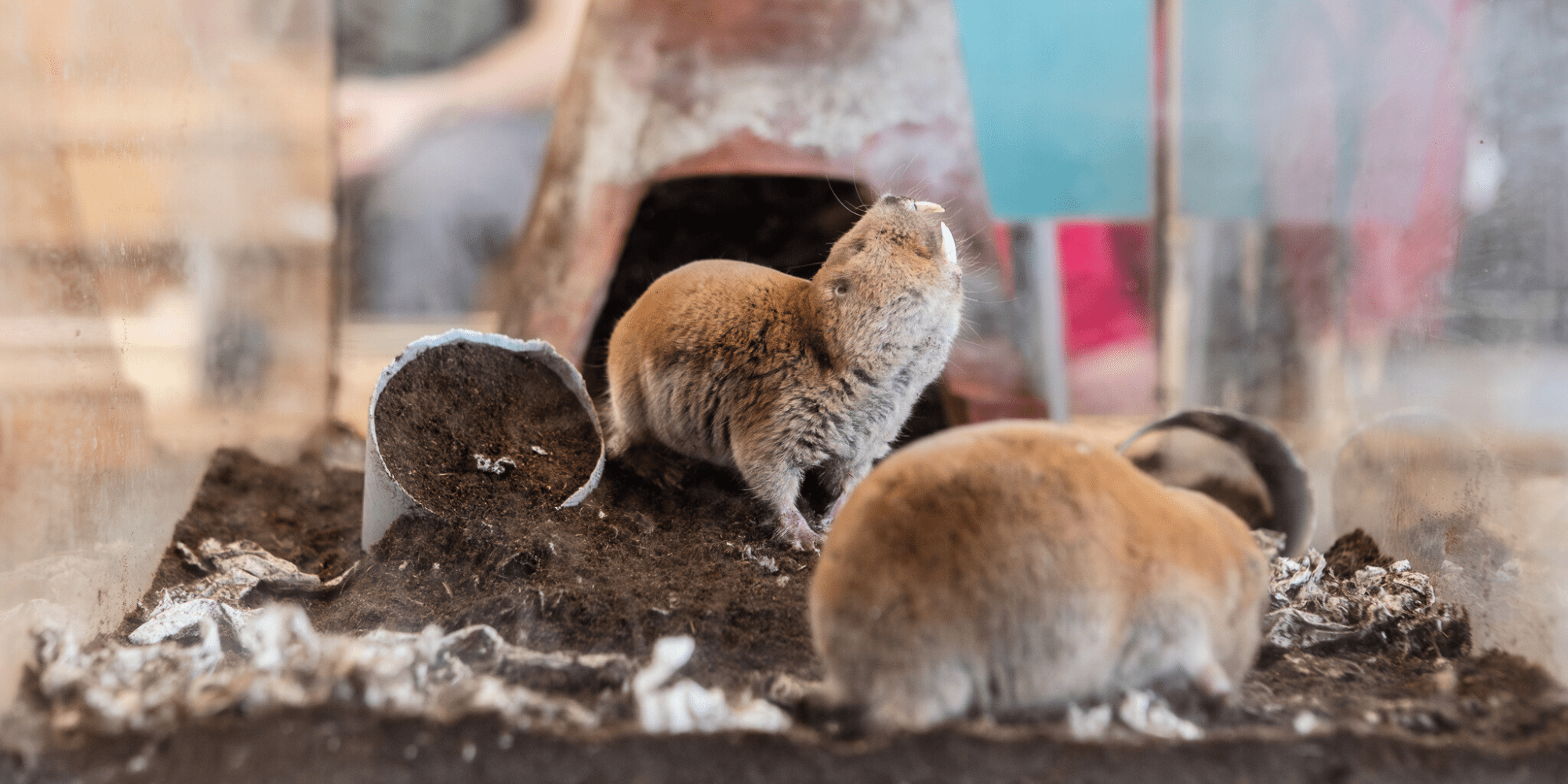Dendrochronology
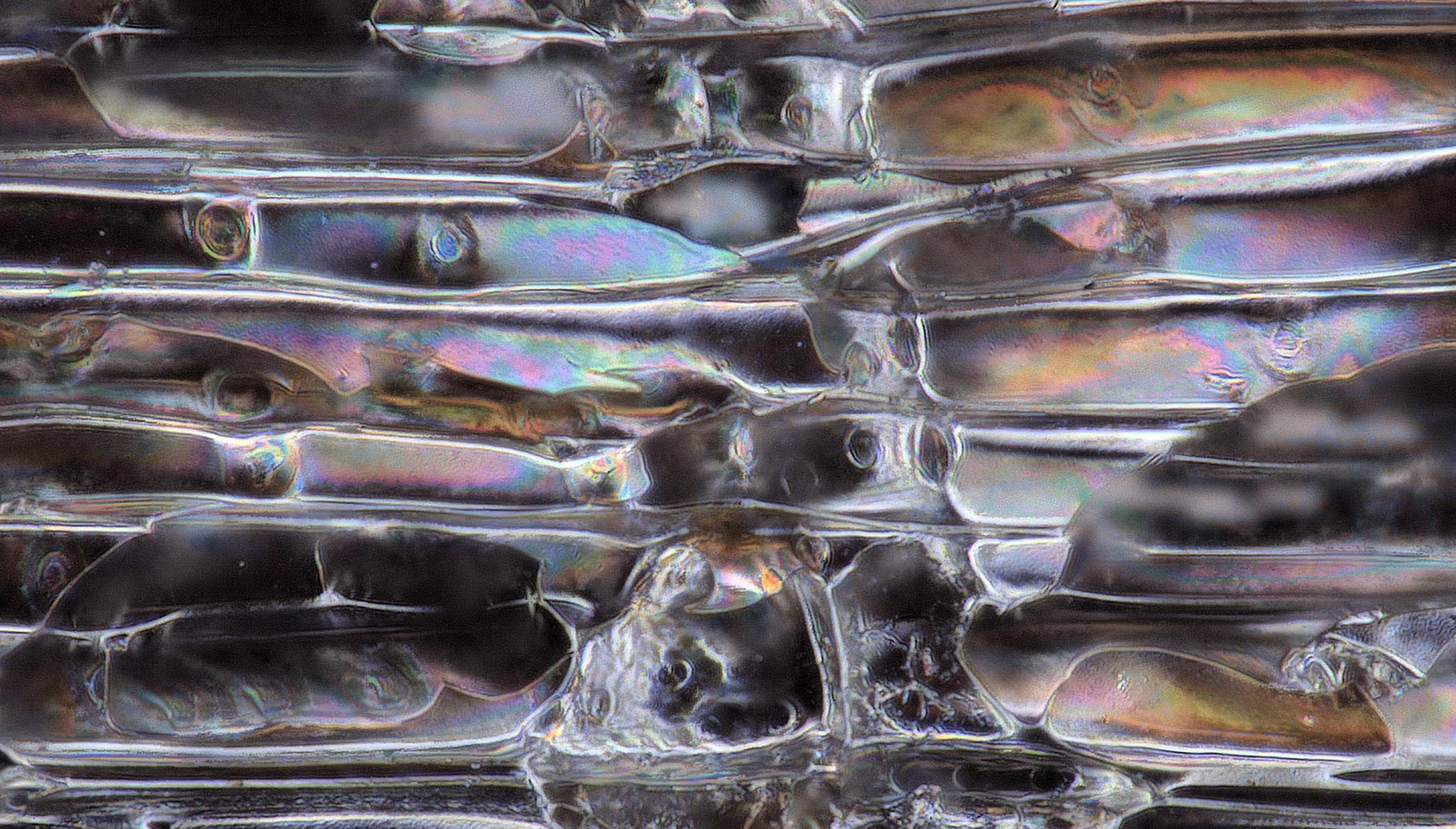
Laboratory of Archaeobotany and Palaeoecology
Dendrochronology
The real natural archive is the regular annual growth of plants. Above all, tree rings provide specific information, because environmental changes are always reflected in their growth reactions. The science that deals with tree rings is called dendrochronology and serves as an available source of information about the environment in which the tree grows. Dendrochronology or dendroecology is an interdisciplinary method used in many scientific branches, e.g. forestry, ecology, climatology, archeology, etc.
Dendroecology
Climate signal is considered as one of the main controlling factors for the tree growth, and the tree response is modified by tree species, provenience, competition, site conditions etc. The interpretation of dendroecological analyses is quite complicated; relationships among tree-ring increment, climatic conditions and stand characteristics are complex and interconnected. Only woody plants with secondary growth form well defined increments encircling the entire stem in seasonal climate, i.e. all woody plants belonging to dicotyledons (the cambium of herbaceous plants is almost inactive); some monocotyledonous plants from Liliaceae family (Yucca, Agave, Dracaena. The important requirement for tree ring formation is a regular seasonality with period of unfavorable conditions for growth, when the cambium stops production of cells (e.g. low temperature during winter, drought or rainfall periods, regular inundation etc). Dendroecological and dendroclimatological studies concern with the growth response of trees along various ecological gradients.
Dendrochronology
The most common utilization of dendrochronology in historical and archaeological disciplines is dating of wood samples (wooden tools, wood for heating, constructional timber, objects of art and musical instruments). The method of cross dating allows the identification of the calendar years of the tree ring formation and the felling dates of the trees. It helps to determine the age of wooden objects with a precision that has not been matched by any other method Cross dating is the procedure of matching variations in a ring width or other ring characteristics among several tree-ring series, allowing identification of the exact year in which each tree ring was formed. A precondition for successful determination the exact year in which the tree was felled is the presence of the last ring below the bark or even bark preserved and length of tree ring chronology. Dendrochronological dating is only possible if adequate reference tree ring chronologies are available for the region, tree species and period of interest.
Dendrochronology laboratory equipment
The laboratory is equipped with an TimeTable measuring device, which is connected to a computer using the ParSer v1.3 reading module and a stereomicroscope Olympus SZ51. PAST32 and PAST4 software is used for measuring and dating samples.
Focus of our dendrochronological laboratory
The dendrochronological workplace is mainly used for teaching at the Faculty of Natural Sciences and Philosophy of the University of South Bohemia and for independent student research, usually within the Laboratory of Archaeobotany and Paleoecology. The primary purpose is to ensure the dendrochronological dating of wooden structures and objects within the project of the Laboratory of Archaeobotanics and Paleoecology. In the long term, the workplace mainly deals with the dating of objects in South Bohemia and the compilation of regional chronologies for individual sub-regions, especially depending on altitude, as well as the change in the type of wood species used for construction in the past, dendroclimatological analyzes of spruce growth reactions in Šumava and the issue of forest wetlands.
- Hits: 7555

